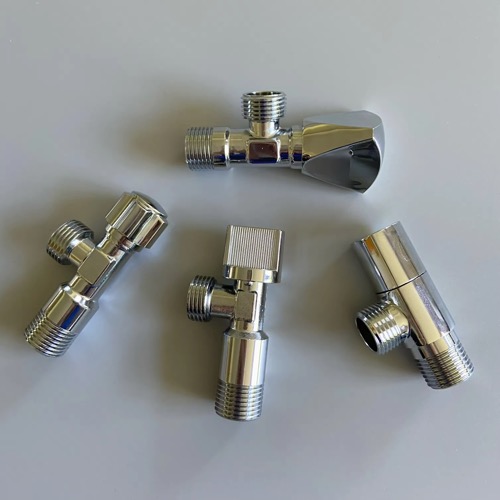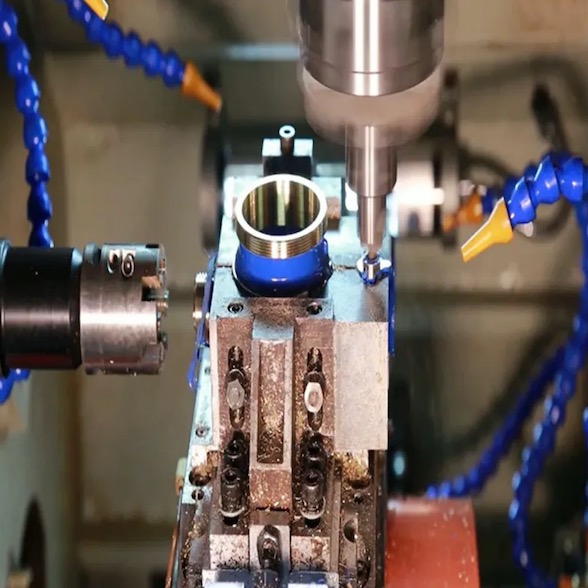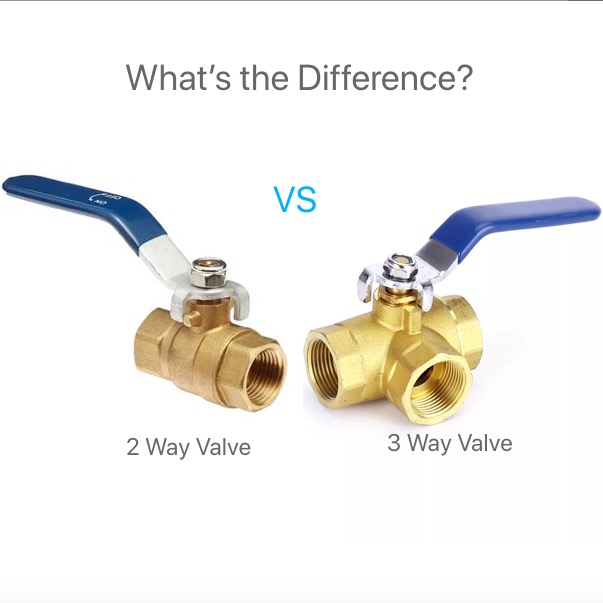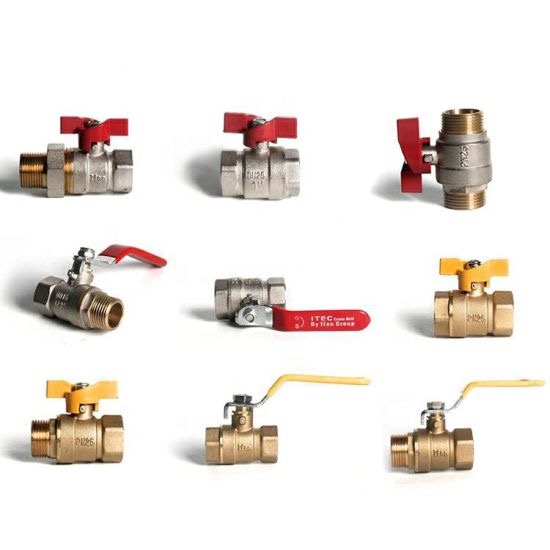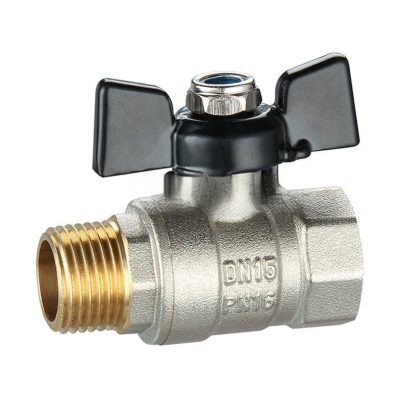Angle valves are a crucial component in plumbing and industrial applications, but many people are unfamiliar with their purpose and variations. If you want to choose the right angle valve for your project, you need to understand its types and functions.
An angle valve is a type of valve designed to control the flow of liquids or gases, typically at a 90-degree angle. It is commonly used in plumbing and industrial systems to regulate water, gas, or steam flow.
Understanding the types and functions of angle valves can help you make informed decisions for your plumbing or industrial system. Let’s explore the details of angle valves, their types, and their specific purposes.
What is an Angle Valve?
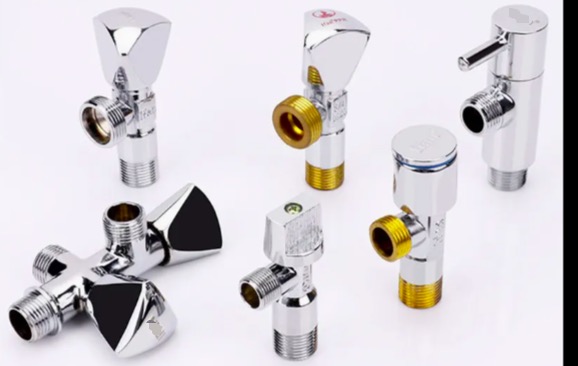
Brass Angle Valve Chrome Plated
Angle valves are often found in plumbing and industrial systems, yet many people don’t fully understand their function. If you’ve ever wondered why they are used instead of regular valves, you’re not alone.
An angle valve is a flow control device that changes the direction of fluid movement by 90 degrees. It is widely used in plumbing, heating, and industrial applications for efficient fluid regulation.
Angle valves provide efficient control, especially in tight spaces where straight-line valves are impractical. Their design reduces the risk of leaks and allows for easier maintenance and installation.
How Many Types of Angle Valve?

Types of Angle Valves
When selecting an angle valve, it’s important to know the different types available. Each type serves a unique purpose and is suited for specific applications.
There are several types of angle valves, including compression angle valves, quarter-turn angle valves, angle stop valves, angle seat valves, and angle check valves.
Common Types of Angle Valves:
| Type | Description |
|---|---|
| Compression Angle Valve | Uses a compression fitting for installation, common in residential plumbing. |
| Quarter-Turn Angle Valve | Operates with a 90-degree turn, offering quick shutoff. |
| Angle Stop Valve | Used under sinks and toilets to control water flow. |
| Angle Seat Valve | Found in industrial applications for high-pressure systems. |
| Angle Check Valve | Prevents backflow in piping systems. |
Each type serves a different function, making it essential to choose the right one for your specific needs.
What is the Purpose of an Angle Valve?
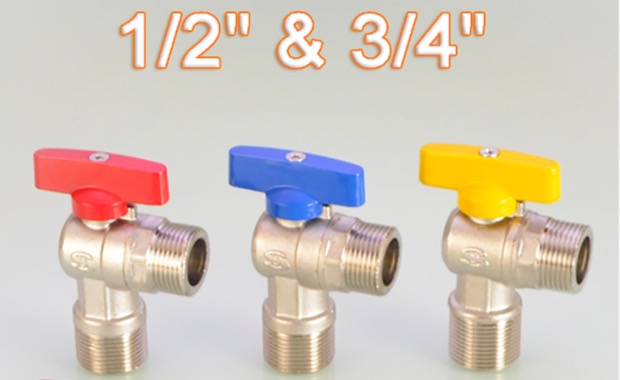
Brass Angle Ball Valve
You might have seen angle valves in plumbing systems, but why are they necessary? What makes them different from straight valves?
The primary purpose of an angle valve is to regulate and control fluid flow while changing the direction by 90 degrees. It is commonly used to isolate water supply lines and prevent leaks.
Key Purposes of Angle Valves:
- Controls water flow in plumbing fixtures like sinks and toilets.
- Provides easy shutoff for maintenance without shutting down the main supply.
- Reduces installation space requirements compared to straight valves.
- Minimizes the risk of leaks with a secure connection.
Angle valves improve plumbing efficiency by offering localized control over fluid movement.
What is the Purpose of the Angle Seat Valve?

Angle Seat Valve
Industrial applications require robust and durable valves. The angle seat valve1 is one of the most common choices for high-pressure environments2.
An angle seat valve is designed for high-pressure and high-temperature applications, ensuring smooth operation in industrial fluid control3. It is commonly used in steam, gas, and water systems.
Benefits of Angle Seat Valves:
- Handles high-pressure fluids without failure.
- Ensures quick response time in automated systems.
- Minimizes pressure drop for efficient flow control.
- Works well in both liquid and gas applications.
Industries such as food processing, chemical manufacturing, and steam systems rely on angle seat valves for effective fluid control.
What is the Function of the Angle Check Valve?

Brass Angle Check Valve
Preventing backflow is crucial in many piping systems. The angle check valve plays a key role in ensuring proper flow direction.
An angle check valve prevents backflow in fluid systems, ensuring that liquid or gas flows in one direction only. It is used in water supply systems, heating networks, and industrial applications.
How Angle Check Valves Work:
- The valve remains open when fluid moves in the intended direction.
- If backflow occurs, the valve closes automatically.
- Reduces the risk of contamination in water and gas systems.
- Protects pumps and equipment from potential damage.
Angle check valves are essential for maintaining system efficiency and preventing costly damage due to backflow.

Angle Stop Valve
Conclusion
Angle valves are versatile components in plumbing and industrial applications. They regulate flow, prevent leaks, and ensure system efficiency. Understanding their types and functions will help you choose the right valve for your needs. Any question or inquiry for the angle valve, welcome to CONTACT VPEXCO
-
Discover the benefits and applications of angle seat valves to enhance your understanding of fluid control in industries. ↩
-
Learn about the performance and reliability of valves in high-pressure settings to ensure safety and efficiency. ↩
-
Explore best practices for fluid control to optimize processes and improve operational efficiency in various industries. ↩



